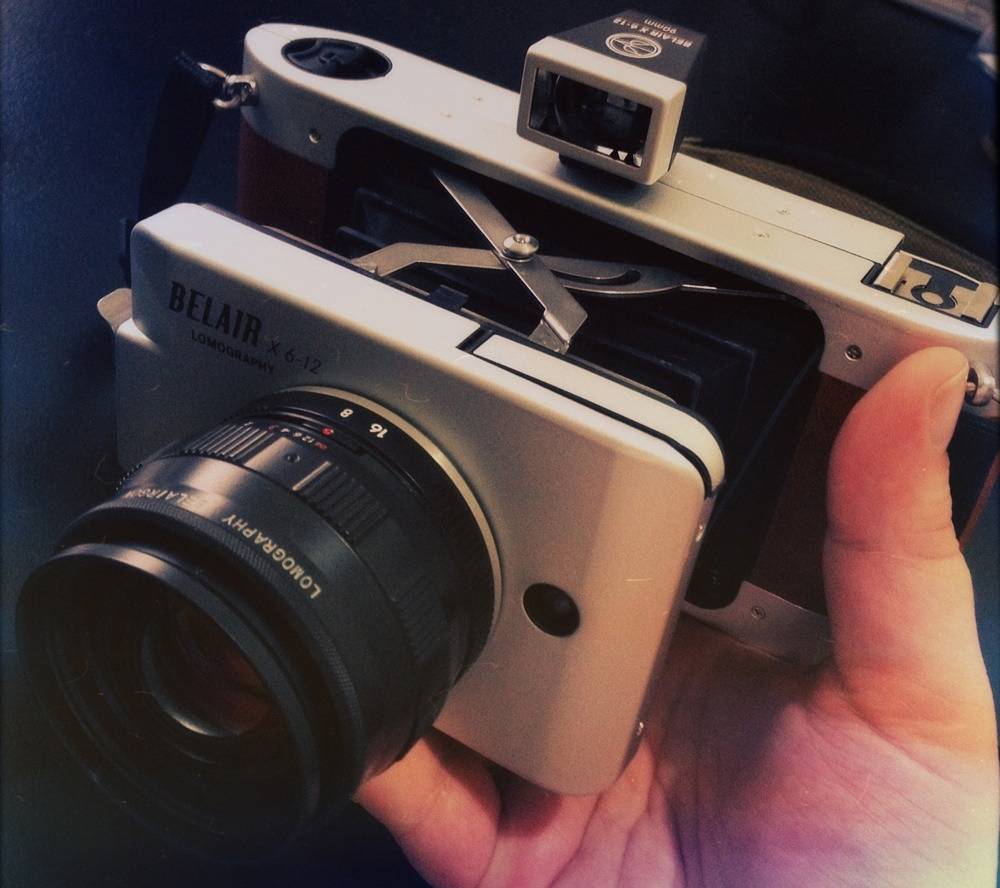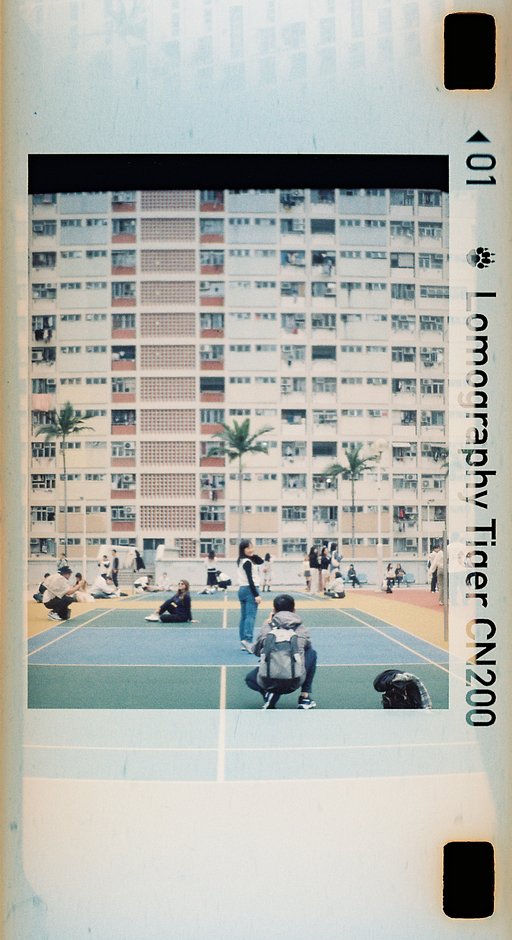Belair & Belairgon 90mm: First Impressions Review
1 9 Share TweetHere are my (mainly positive) impressions of my first colour film test with the Belair and its premium Belairgon 90mm lens. Used with care, this camera can make unforgettable pictures.
I have often used medium format cameras over the years. Medium format images have that fantastic tonality of subtle skin tones and potentially very good detail resolution. I mainly used 6×6 Rolleiflex and 6×4.5 Fuji cameras, yet the enormous 6×12 format was always out of reach.
When I found out about the Belair, I was immediately interested, because normally the nicely wide 6×12 format is way too expensive for amateurs. I bought the kit with the 35mm back which I have not yet tried. I also found out about the two Belairgon lenses which should increase the quality level of the images a few notches, especially when using the full 6×12 format. Hence I ordered the Belairgon 90mm to use it as my main lens. I have not tried the kit lenses, and will likely not do so.
First impressions upon unboxing:
This is a very cool looking camera. I had almost forgotten how simple an analogue camera could be! A good lens, a shutter, a light-tight box and a simple winding mechanism, that is all – it is far removed in operation from digital cameras. The Belair is light and remarkably portable, it is not a robust as my other medium format gear but good enough for careful use. The viewfinders mount easily (and cleverly), the indices are simple but they do the job. A small frustration was that the light meter batteries are not included. And once you have them, pay careful attention on the direction when inserting them.

In general, the 90mm Belairgon lens feels very well made. It is also very practical that it can accept 52mm filters, like filters for black and white and a neutral density filter, handy for dealing with the max 1/125 second shutter speed in some situations. Mounting the lens takes some precision, watch out not to touch the shutter blades! The Belairgon changes the balance of the camera, you will want to support the lens during shooting. Also, my lens mounting plate, normally locked to the body when not in use, tends to unlock at the top because of the lens weight.
Now, on the road!
My first test film was the Lomography 400 colour negative film, with the camera set to 6×12. Now, 6×12 is expensive in use (only 6 pictures per 120 film!), so it is best to pay attention during the whole experience: take care when loading the film, so that it is nicely tight and flat, you want images in focus where you expect it.
I did the light metering with an iphone app. Next to the Belair, I had a Fuji 6×9 rangefinder camera with me to compare the results.
The camera is in general easy to use, there is not much to it, yet you have to pay attention throughout. Immediately forward the film after a shot if you don’t want accidental multiple exposures. Don’t forget to take off the lens cap. And especially, support the lens well when pressing the shutter. In my first test film, 2 pictures were blurry because of my camera shake.

It must be said that this is ergonomically the minus point of the Belair: the shutter release being a lever on the front board makes it susceptible for vibrations, even when the camera is mounted on a tripod. My humble advice to Lomography for a potential v2 of the camera: add a cable release, ideally via a shutter button on the body!
You’ll also need to guesstimate the distance on the lens. There is now an accessory that can help for closer distances. I estimated and checked with my other camera. The available apertures are f8 and f16, so there is enough depth of field to compensate for your guesses once you shoot farther away. The Belairgon also comes with a handy depth of field diagram, I keep a picture of it in my smartphone for reference.
Regarding light metering, it’s all automatic but you can play a bit with it. I have read (not tested) that the camera locks the light metering when you press the shutter ALMOST completely, you’ll hear a soft click then. Afterwards you could recompose. Or you can also play with the ISO of the film to influence the meter.
So, how are the results?
Very promising. Again, this was just a test film to get a feel for the camera but it is already obvious that the camera and its Belairgon lens allow for great results. I will definitely be using this camera often indeed.



Conclusion
I do recommend the camera, perhaps it is not ideal for the typical “shoot from the hip” Lomographer – I think you’ll have too many bad results then, and as mentioned the 6×12 format is quite expensive in use – which also pushes more towards a thoughtful kind of photography.
It is interesting to compare the Belair + Belairgon set with 2nd hand medium format gear on the market. For the price of the combination or a little more, you can find decent condition 6×4.5, 6×6, 6×7 and 6×9 cameras from respectable brands. Some of these will be more convivial than the Belairgon. However none deliver that 6×12 image, this really makes it special. In addition, the Belairgon lens is remarkably good when focused accurately, the lens is capable of pictures that can be enlarged to poster size. It would be interesting to see Lomography release a Belairgon 58mm as well.
written by talaerts on 2013-09-16 #gear #review #120-film #belair #jetsetter #90mm #belairgon
















One Comment